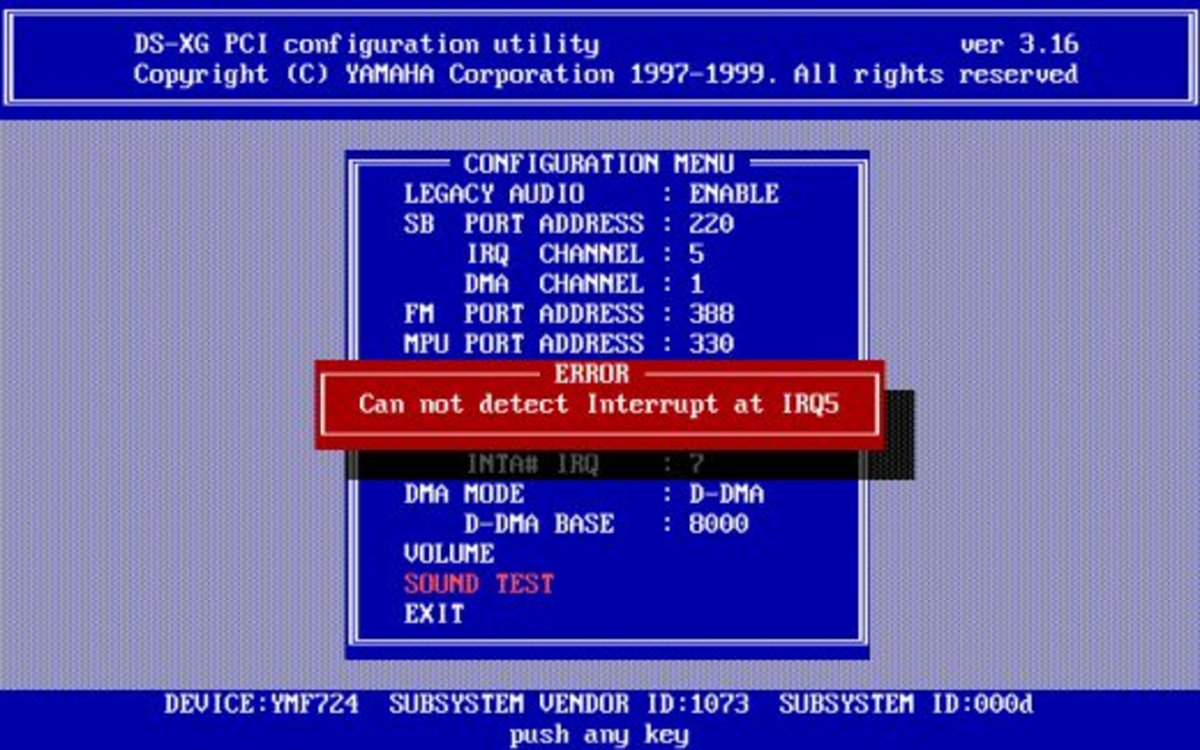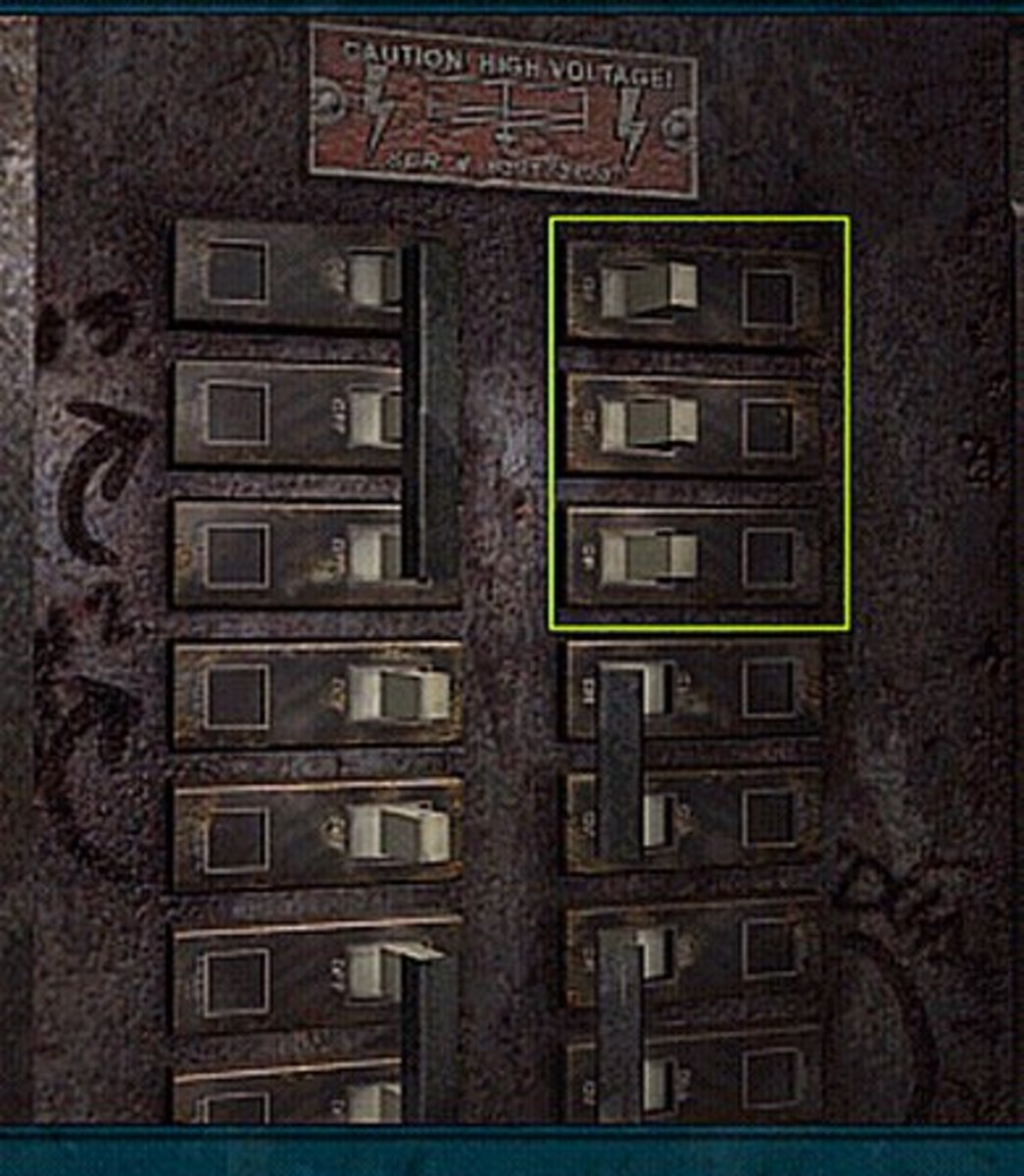A solution on How to run non-Unicode games on your computer – using the AppLocale program


The problem in general
Back a few months ago, I tried to install the Chinese version of one of my favourite MMORPG games of all time, just to try out how does it look like and how it is different from the version I play (the two versions are completely different, as the Chinese version is much more older and more recently/often updated than the other version – weird, yes, but at least there are tries to translate and make the game popular outside China, too).
I am not an inexperienced person in installing games on my computer, but at this time, I was unable to make the program run, no matter how (hard) I tried. As I have never tried to install an Asian program on my computer before, a few days passed until I found out that the language barrier might be a computer – not for me this time, but for the PC. Meanwhile trying to find out a solution for this problem, I came through many people who were facing the same issue. Finally, inside the game itself someone told me to try to install Asian language packs onto my computer to enable the non-Unicode programs to run smoothly.

Problems with setting the system’s language to Chinese
In fact, there is no need to install any Asian language packs, even if most of the sites and advices/comments on different pages say this solution. To be frank in fact, on one of my computers I tried to follow this method first, but I had no luck with this solution. On my other computer, I never tried to install any new language packs, and despite this the game started working like a charm after the installation and starting it through AppLocale.
Moreover: sadly, if you ever happen to install Asian language packs on your English, Unicode-setting computer and you set this language as default, you will encounter plenty of problems like all backslashes in paths name will be changed and/or during setup of new programs, the language of these will be the chosen Asian language by default, your time will also change, as well as the outlook settings, in case you use this program.
A working solution: AppLocale
So as I already mentioned, your (and my) solution to this problem is AppLocale. This is a very clever and small application (powered by Microsoft itself). Though on this page it says it only supports Windows Server 2003 and Windows XP, so far I had no problems running it on my Windows 7. But in case you are unable to run it on your Windows 7, you can use this workaround to install it. Also, you can run it on Windows Vista as well, assuming you use the same, above mentioned workaround to install it (I have read lately that AppLocale runs on Vista as well without any workarounds – I can’t confirm that, but please comment if you were able to do so). Sadly, the program will not run on older Windows versions, such as Windows 2000.
Don’ get worried in case you try to read more about AppLocale and find some comments on some pages that say this program is not stable or it will cause your system performance – it is not true according to my experiences, I never had ANY problems with this application so far.
Of course it is not 100% sure that this solution will solve everyone’s problem or will work on everyone’s computer, but I hope I can help some of you at least :).

Useful stuff on Amazon
Using AppLocale
After you have installed this program, all you have to do is to run it by clicking on its .exe file extension. With my present version I got a message at the start like this:
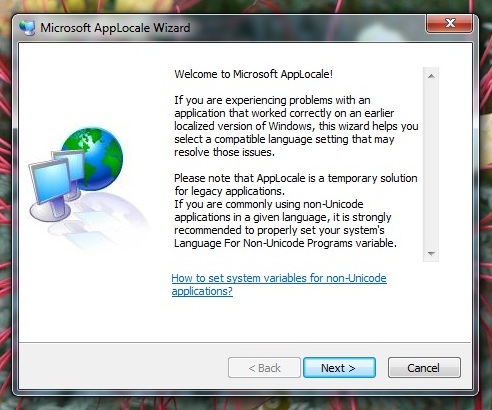
Read it carefully, though it does not say anything new or incredibly important I think. Then click on the ‘Next’ button. In the following you will see this window:
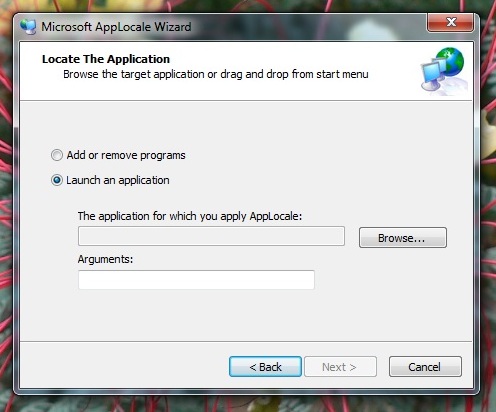
At this point, all you have to do is to ‘Browse’ the location of your program and select the .exe file extension, that one with which you normally try to start the program. When you are done, you will see the ‘Next’ button turn clickable and by clicking on it you can select the language what you would like to use to start your program in the following window. It looks like this:
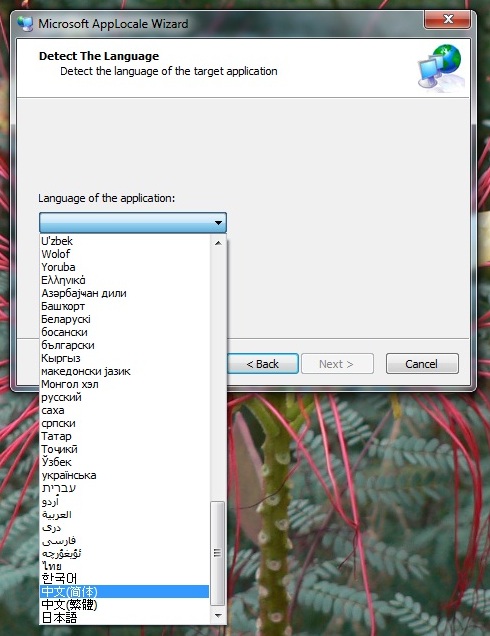
Once you have selected the desired language, you can turn on the ‘Next’ button that turned clickable after the selection was made. The final, last window that will show up is where you can tick a small box to allow the program to create a shortcut for you to always run the chosen program with AppLocale in the future. It looks like this:
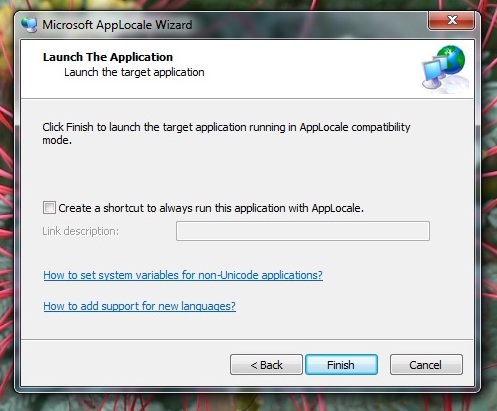

Enjoy!
No matter if you choose to make a shortcut or not, by clicking on ‘Finish’ the program you have selected will start automatically afterwards.
Have fun!
I hope I could help! :)

Share your ideas!
Please feel free to comment on this hub, your feedback is very much appreciated!
Or, if you feel that you can write fresh, new ideas about this or a similar topic, just join our community and start writing!
© Copyright 2012-2014, Zsofia Koszegi-Nagy (zsobig)

My latest works on HubPages:
- Black boxes – the importance of Black boxes in aviation
After the crash of MH370 Malaysian Airlines on 08/03/2014, loads of concerns were raised about aviation safety and Black boxes. But what are Black boxes and how do they operate? Find out more here! - The coolest Tech Gadgets for Teachers
In this article I tried to collect the most important and useful gadgets that can be used on classes by teachers and students alike. - Top rumours gathered about the newest iPhone to be released
The most interesting and most likely rumours collected about the newest iPhone to be released! - An incredible and interesting party game - Scene it! - A review
I accidentally bumped into this game 3 years ago, when we tried to find something entertaining for 2+ people. Ever since, this is one of our favourite party games! - 'Once in a Blue Moon' - Interesting facts and misbeliefs about Blue Moons
Get to know what does Blue Moon mean - apart from the popular expression 'Once in a Blue Moon'. Interesting facts in this hub - beware! - Wedding invitations - tips on how to create your perfect invitation - Part I.
Weddings are one of the most beautiful events on the entire world for one’s life. In this article you will be able to find some great tips on how to write your invitation and which are the possible layouts and sizes for it.
© 2012 Sophie

![Microsoft Windows 10 Home USB Flash Drive [Old Version]](https://m.media-amazon.com/images/I/41nRbXjLGGL._SL160_.jpg)





